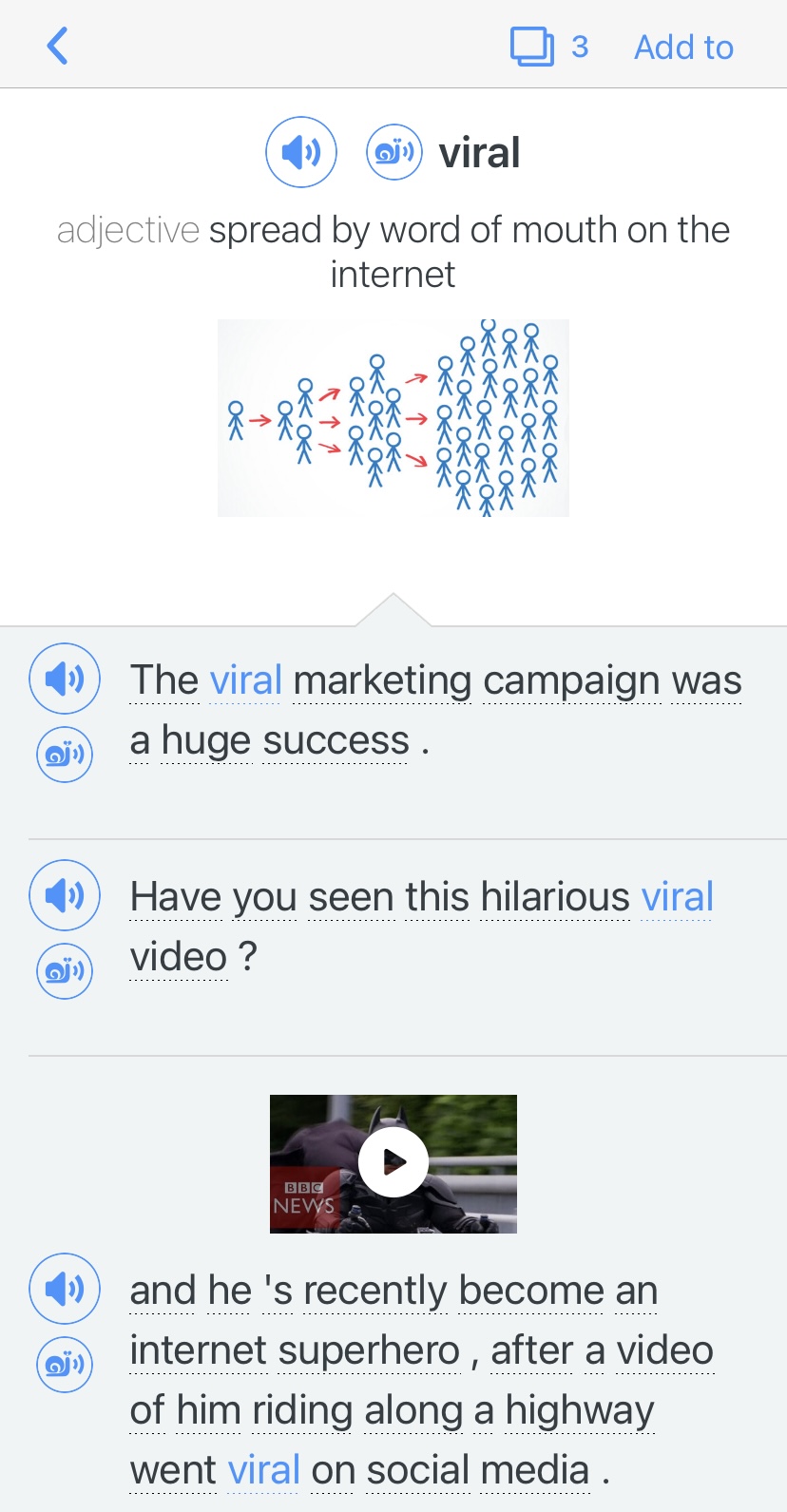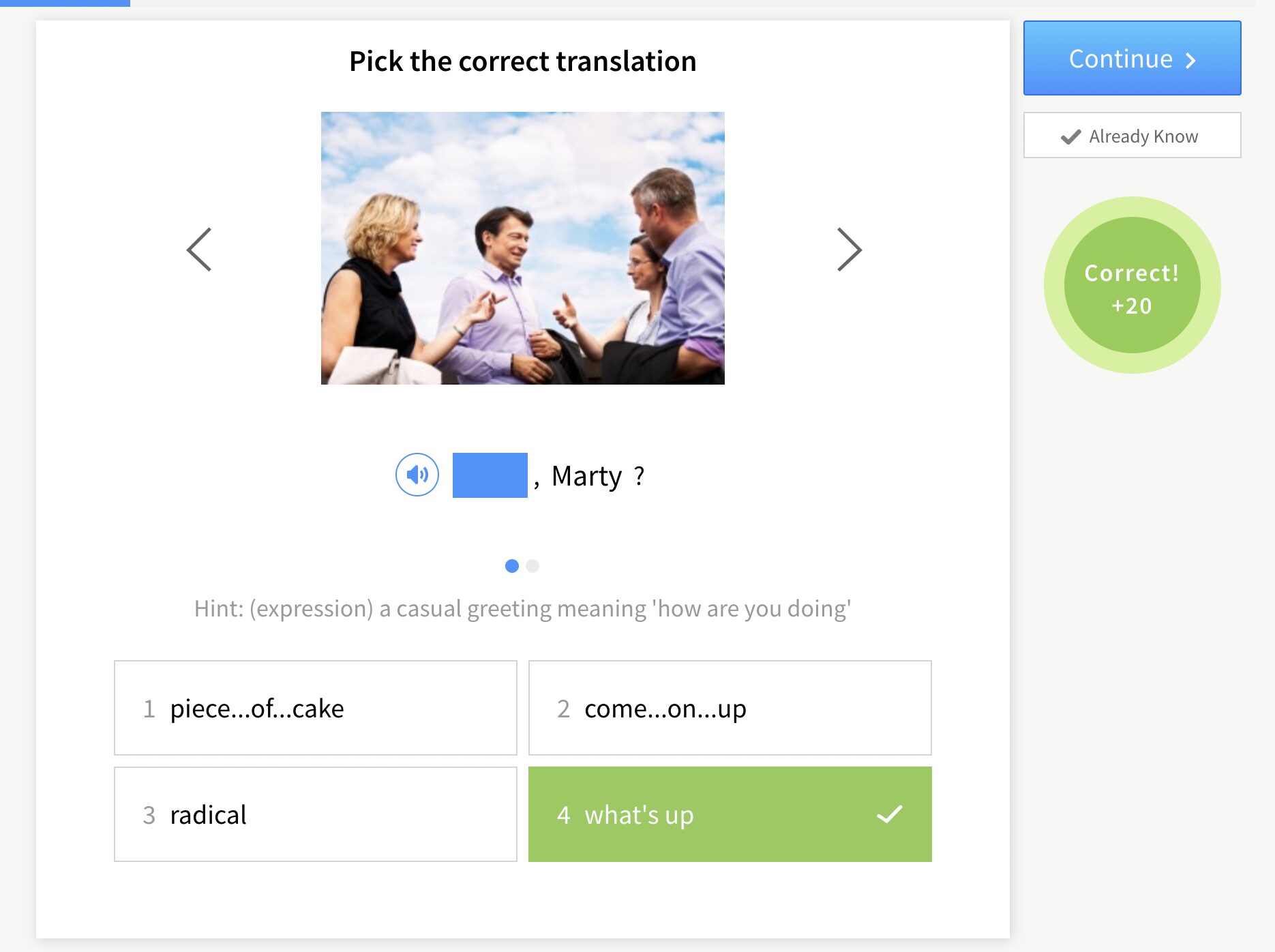How to Think in English: A Simple 6-Step Guide

Thinking in English is a powerful way to build fluency and strengthen vocabulary for real-life situations. So if you’re working on boosting your English skills, why not make your next decision in English?
Here we’ll cover six simple steps that help you train your mind to think in English, from making observations to creating conversations in your head. Try these out, and soon thinking in English will feel natural—even when making important decisions.
Download: This blog post is available as a convenient and portable PDF that you can take anywhere. Click here to get a copy. (Download)
1. Think in Single Words
When: When your mind is clear and you’re not busy, one to two times a day.
How: Start by thinking in single words. You might not be able to make important decisions in English yet, but you can notice your surroundings in English by thinking about the names of objects that you see, or actions that you do.
When you wake up in the morning you can think “Good morning!” And when you’re going to sleep at night you can think, “Long day. Tired. Happy. Good night!”
Here are some tricks you can use to remind yourself to think in English once or twice a day:
- Use your phone. Change your phone’s lock screen to say “Think in English!” This way every time you look at your phone, you get a reminder.
- Turn it into a game. Give yourself points every time you remember to think in English for five minutes. Once you reach a certain number of points, you can give yourself a reward!
- Leave notes around the house. For example, leave a note on your bathroom mirror with words that you would use in a bathroom. This reminds you to do your daily English thinking, and gives you a group of vocabulary words you can use.
With just these small steps, you’ll make it easier for you to think in English as you learn more words. The more you grow your skills, the more you can add to your thoughts, and soon you’ll be thinking in full sentences.
2. Narrate Your Day
When: When your mind is clear and you’re not busy, one to two times a day.
How: A narrator is someone who tells or reads the story. In books, the narrator is the part without dialogue, which describes what’s happening. Many movies—especially documentaries—use narrators to explain certain parts. Now you get to pretend to be the narrator in your life, as if your life were a movie!
Narrate your own day-to-day life as you go through it. You can do this in your own voice, or pretend someone else is narrating your life, like legendary narrators Morgan Freeman or James Earl Jones.
Your daily life narration might sound something like this: “It’s morning. She wakes up and rubs her eyes, preparing to face the day. She yawns as she makes herself a cup of coffee, and wonders what she should wear today.”
3. Make Up Conversations
When: When you’re alone and not busy, once a day.
How: To practice conversations, all you have to do is make some up!
Choose a topic and pretend you’re speaking to someone about it. If you’re getting ready for an interview, you can pretend to be at the interview. If you’re just trying to learn a new list of vocabulary words, you can ask yourself questions about the words. Any topic is fine! If you’re stuck, you can find a huge list of conversation topics here.
For example, if you’re planning to go to a restaurant soon you can practice a conversation with the waiter. Think of both the waiter’s parts and yours. Your conversation might look something like this:
Waiter: “Hello, and welcome to our restaurant. Do you know what you’ll be ordering?”
You: “I’m not sure yet. What do you recommend?”
Waiter: “If you like seafood, our fish of the day is fantastic.”
You: “Great, I’ll have that, then.”
I recommend practicing out loud and with a partner after you’ve done some pretend conversations in your head, once you’re more comfortable with the topics and the details.
4. Get Creative
When: Every time you don’t know how to say something in English.
How: There’s always more than one way to express something. Even if you don’t know a word, you can get your idea across by thinking creatively and using other words.
For example, if you’re trying to explain to someone that you lost your key, but can’t remember the word “key,” you can tell them instead that “I can’t open my door because it’s locked,” or “I can’t get into my house, I lost the thing you use to unlock the door.”
Both sentences don’t use the word “key,” but they’re both clear enough to be understood.
So if you get stuck while thinking in English, don’t cheat and use your native language. Instead, think of a way around the word. This will be a huge help to you when you’re having an actual conversation and can’t remember a word.
Some ways to describe a word you can’t remember are:
- It’s the opposite of…
- It’s similar to…
- It’s a place where…
- It’s something you use to…
- It’s an action you do when…
To strengthen your skills in creative speaking, you can try playing some fun games with your friends or a speaking partner.
The games Taboo and Catchphrase challenge you to say things without using specific words. You can play your own variation on the games with your speaking partner by making a list of words you often forget.
Then, try to get your partner to guess what word you’re thinking of without actually using the word.
5. Build Your Vocabulary
When: Every time you think in English.
How: Carry around a little book or use a note app on your phone. Every time you can’t think of a word (or don’t know a word) in English, write it down. At the end of the day, look up these words in English and write them down.
Now that you have a long list of new words, what can you do with them? The first step is to use them in conversations (and your thoughts). A good way to do this is by grouping the words into chunks. Choose a group of around five words every morning, and use them throughout the day.
Something else you can do with your growing vocabulary list is move them to the digital world. Wordnik is a website where you can look up a word and see real examples of it being used. You can also make a list of words here. Add your new words and learn how to use them. As you internalize these new words you can move from your “vocabulary” list to a “learned words” list.
The Dictionary website (and apps) also lets you add words to a list of favorites, as does the Vocabulary website. Use these websites and lists!
FluentU is another resource that can help you learn more words in English.
FluentU takes authentic videos—like music videos, movie trailers, news and inspiring talks—and turns them into personalized language learning lessons.
You can try FluentU for free for 2 weeks. Check out the website or download the iOS app or Android app.
P.S. Click here to take advantage of our current sale! (Expires at the end of this month.)

6. Use an English to English Dictionary
When: Every time you look up a word.
How: When you feel more comfortable thinking in English, make sure to do this in your daily life whenever possible. This includes looking up words in an English to English dictionary (with definitions in English). The less you translate, the easier it will become to just think and speak in English.
Once you make the change, you might be tempted to go back to your English to native language dictionary. Don’t do it! In fact, delete all your current dictionary apps and leave only a good English to English dictionary app (or two).
At first you might find that English dictionaries use words you don’t know to define other words you don’t know. Don’t let this frustrate you. Instead, choose a good dictionary app or website that’s meant for English learners or children. These use simpler language to explain words. Two excellent learner dictionaries are Vocabulary and the Merriam-Webster Learner’s Dictionary.
There are many other ways you can help your brain switch to thinking in English. For example, you can change the language on your apps, phone and social media to English. But start with these six steps, and it will only get easier to think in English!
And don’t forget to start making decisions in English. Remember, you’ll be making better decisions this way. It’s scientifically proven!
Download: This blog post is available as a convenient and portable PDF that you can take anywhere. Click here to get a copy. (Download)
And One More Thing…
If you’re like me and prefer learning English on your own time, from the comfort of your smart device, I’ve got something you’ll love.
With FluentU’s Chrome Extension, you can turn any YouTube or Netflix video with subtitles into an interactive language lesson. That means you can learn from real-world content, just as native English speakers actually speak.
You can even import your favorite YouTube videos into your FluentU account. If you’re not sure where to start, check out our curated library of videos that are handpicked for beginners and intermediate learners, as you can see here:
FluentU brings native English videos within reach. With interactive captions, you can hover over any word to see an image, definition, and pronunciation.
Just click on the word to see other example sentences and videos where the word is used in different contexts. Plus, you can add it to your flashcards! For example, if I tap on the word "viral," this is what pops up:
Want to make sure you really remember what you've learned? We’ve got you covered. Practice and reinforce the vocab from each video with learn mode. Swipe to see more examples of the word you’re learning, and play mini-games with our dynamic flashcards.
The best part? FluentU tracks everything you’re learning and uses that to create a personalized experience just for you. You’ll get extra practice with tricky words and even be reminded when it’s time to review—so nothing slips through the cracks.
Start using the FluentU website on your computer or tablet or, better yet, download our from the App Store or Google Play.
Click here to take advantage of our current sale! (Expires at the end of this month.)












